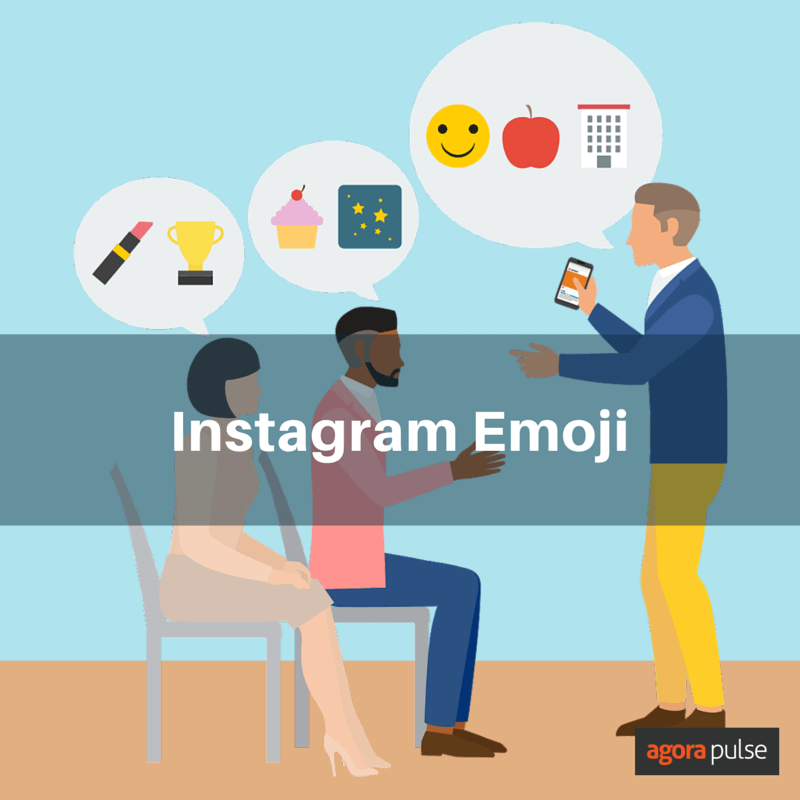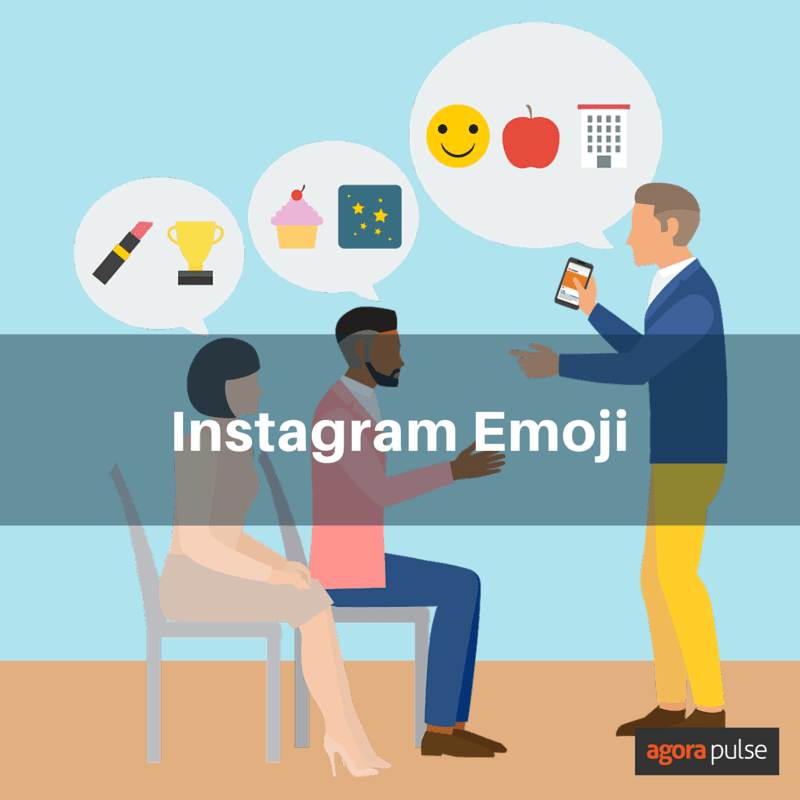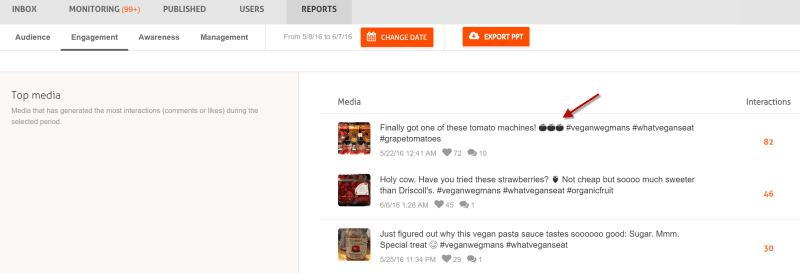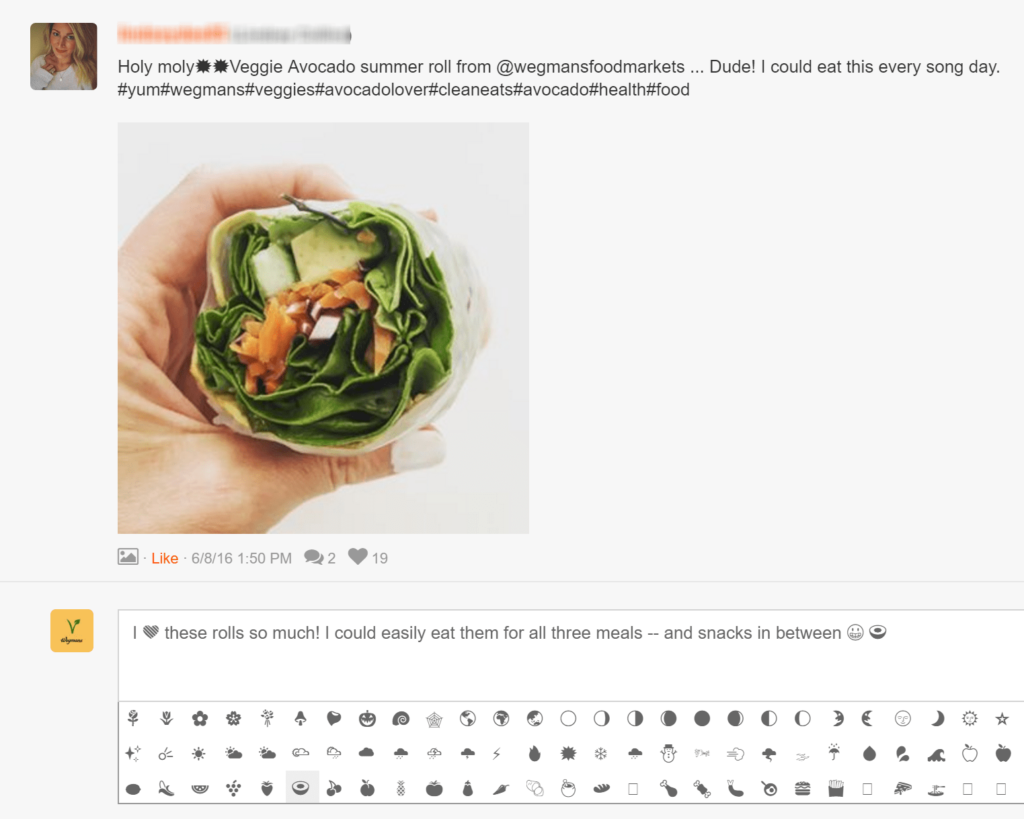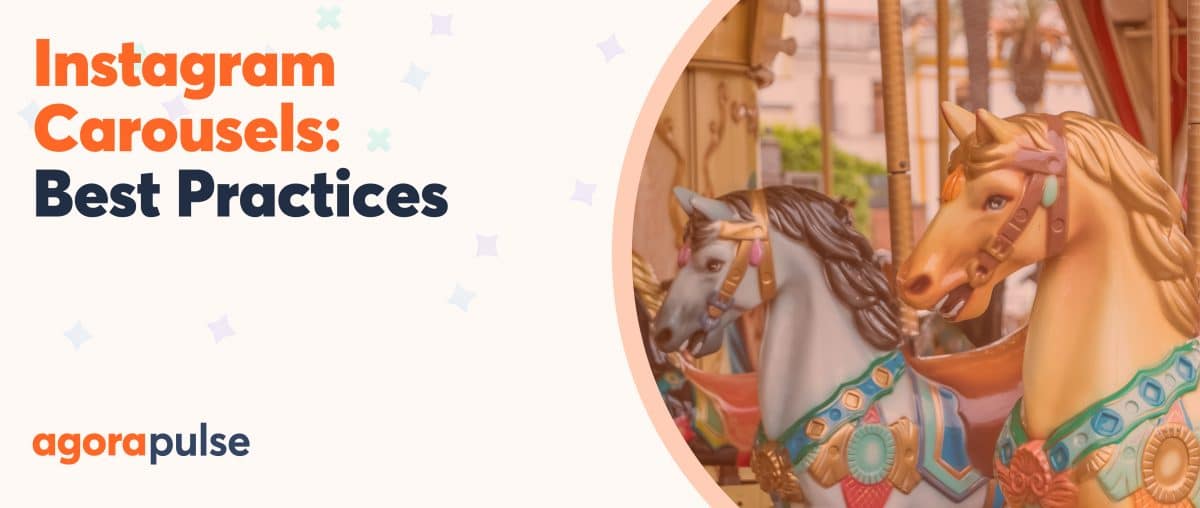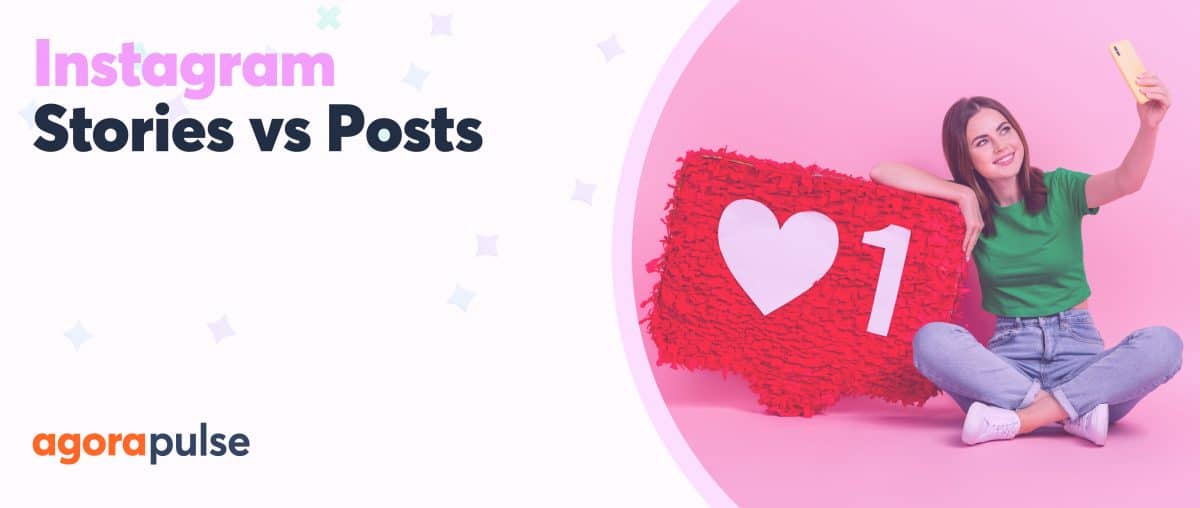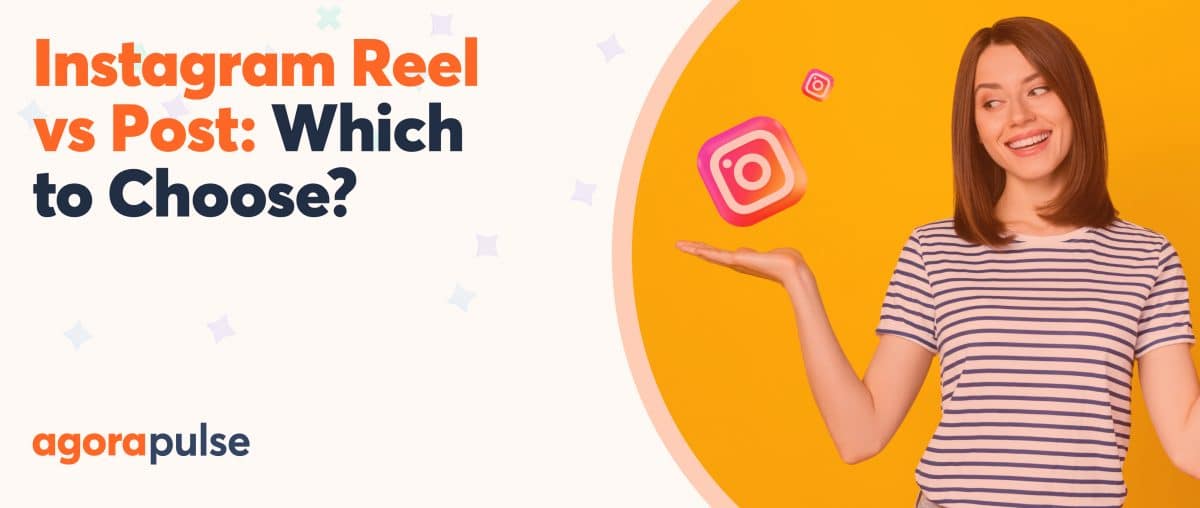Despite your first instinct, Instagram emoji are not just for teenagers.
Emoji may seem silly at first, but the idea is advanced. Emoji display a thought or idea that a global audience can comprehend. Brands that are sold worldwide and trying to communicate with an audience made up of people who speak various languages can use emoji to express ideas beyond language barriers.
Also, many emoji express emotion or storytelling, which can be powerful for engaging an audience and remaining unique among the noise of Instagram. In some contexts, emoji can cause the viewer to pause for an extra few seconds on your content. If you are wondering how to use emoji on Instagram, here are a few ideas.
Tell stories with Instagram emoji
If you’ve never told a story with emoji, you’re missing out. Get some tips from these people who have impressive emoji storytelling skills (including the entire storyline of Les Miserables).
Include emoji with text
If your audience might not get a caption that is written entirely in emoji, then better not to go all out with full emoji stories. Instead, you could also do what some Instagrammers do: include emoji in the syntax of your statements. In the example below, Urban Life Athletics substitutes emoji for some words in the text that accompanies an image.
Using emoji with text gives a body of text some color and accents. They draw the eye in to see what those bursts of color are and the story they are helping to tell.
For example, Later creates a bond between caption and image by including emoji flowers that look just like the flowers in the image. The eye is drawn between the two.
Real Simple is also known for including emoji in many of their posts. For example a few fruit emoji mix in with text for this “fruit-lover’s paradise.”
Fruit-lover’s paradise!!???(Photo: @lumadeline, #RSlove)
A photo posted by Real Simple Magazine (@real_simple) on Jun 5, 2016 at 6:00am PDT
Talbots adds a quick orange emoji to the text that accompanies a photo of their orange espadrilles. “Orange crush, anyone??”
Emoji as hashtags
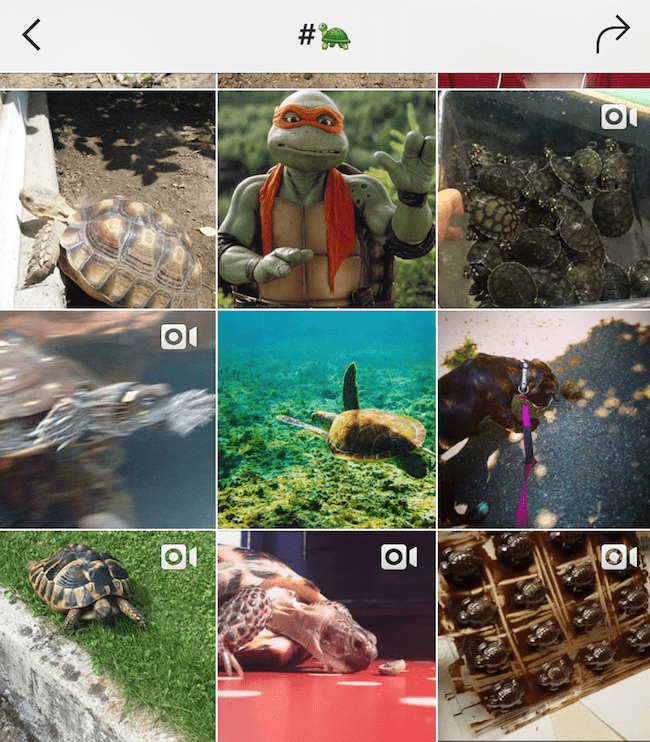
A photo posted by EXTREVITY (@extrevity) on Jun 7, 2016 at 8:17am PDT
A video posted by Regeneratti&Oliveira Kennel (@jmarcoz) on Jun 6, 2016 at 5:02pm PDT
Expressing an emotion is what emoji hashtags do best. And you’d use them as you would use them in a text message. For example, #? (hashtag tongue hanging out emoji) is often used to accompany a photo of delicious food. A Mexican restaurant in Mexico City posts a photo of a delicious sandwich and fries with the caption “¡Listos para atenderlos como se merecen! #? #CDMX #Mexico #LaCasaDeLaYeya” Saying that they’re ready to serve you, their customers. Their first hashtag is an emoji hashtag.
¡Listos para atenderlos como se merecen! #? #CDMX #Mexico #LaCasaDeLaYeya
A photo posted by La Casa De La Yeya (@lacasadelayeya) on Jun 7, 2016 at 9:06am PDT
Multiple emoji in one hashtag?!
#ClubMarcoPolo #Tomorrow #Opening #Summer #Sun #Sea #Fun #Animation #Party #2016 #⭐️⭐️⭐️⭐️⭐️
A photo posted by Club Marco Polo (@clubmarcopolo) on May 27, 2016 at 4:36am PDT
Try using emoji in your upcoming Instagram posts. You might play it safe at first, sneaking a few emoji hashtags amid other hashtags at the end of a body of text. If you’re willing to dive right in, try a caption that is only emoji and no text!
With Agorapulse’s Instagram reports, you can figure out if people are responding well to your emoji posts. In this example, it looks like someone’s followers love fruit and vegetable emoji!
